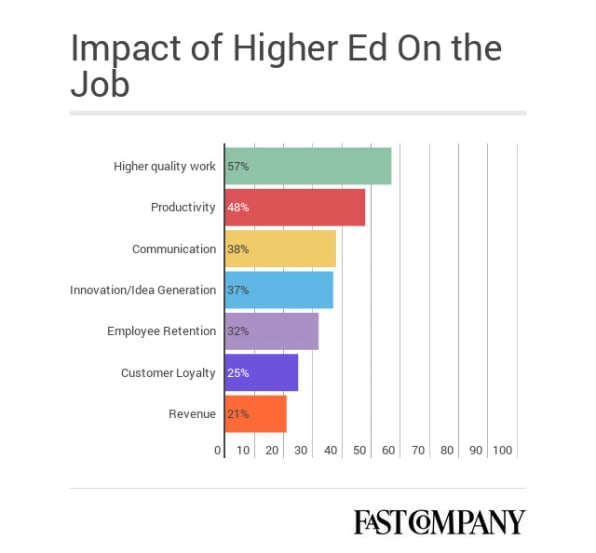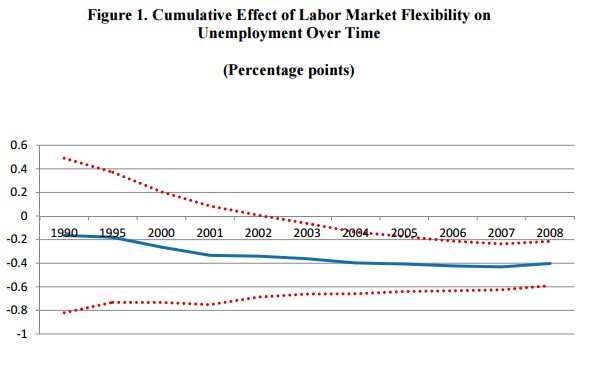Retirement may not be all it’s cracked up to be. A MarketWatch article reports,
More retirees than ever say they are “not at all satisfied” with retirement, according to a study published this year from the Employee Benefit Research Institute. The institute used data from the University of Michigan’s Health and Retirement Study, collected from 1998 to 2012, in which more than 20,000 people are interviewed every two years.
The number of retirees reporting just moderate satisfaction with retirement increased from 31.7% to 40.9% and those who are completely unsatisfied with retirement climbed above 10%, up from fewer than 8% in 1998. Meanwhile, the number of retirees who say their retirement is “very satisfying” has dropped from 60.5% in 1998 to 48.6% in 2012 — the first time it’s ever dipped below half.
The study authors did not investigate the reasons behind these satisfaction dips, but other studies suggest that some of the reasons may be financial. Research published in 2004 by Constantijn Panis, who has a Ph.D. in economics and is also an expert in demographic issues, found that getting payouts from a pension was positively related to retirement satisfaction. But as the number of retirees drawing on traditional pensions declined — from 1980 to 2008, the proportion of non-government, salaried workers who got a traditional pension fell from 38% to 20% — retirement satisfaction may be dipping accordingly.
…Studies show that today’s retirees want more and varied activities in retirement, including flexible jobs, than did previous generations of retirees. Plus, surveys show that boomers — who are retiring in droves in recent years — are in general less happy than members of the so-called silent generation, and that may be reflected in these numbers.

Of course, it’s worth noting that the overwhelming majority report being satisfied with retirement. We shouldn’t create a crisis where there is none. Nonetheless, the uptick may be something we want to keep an eye on. In the Gallup-published Wellbeing: The Five Essential Elements, the authors Tom Rath and Jim Harter explore five elements to overall well-being:
- Career Wellbeing – how one’s time is occupied.
- Social Wellbeing – the strength of one’s relationships.
- Financial Wellbeing – effectively managing one’s economic life.
- Physical Wellbeing – having good health and enough energy on a daily basis.
- Community Wellbeing – engagement with the area in which one lives.
In regards to Career Wellbeing, Rath and Harter reveal this significant point about the need to work:
One of the more encouraging findings [of one study] was that, even in the face of some of life’s most tragic events like the death of a spouse, after a few years, people do recover to the same level of wellbeing they had before their spouse passed away. But this was not the case for those who were unemployed for a prolonged period of time — particularly not for men. Our wellbeing actually recovers more rapidly from the death of a spouse than it does from a sustained period of unemployment. This doesn’t mean that getting fired will harm your wellbeing forever. The same study also found that being laid off from a job in the last year did not result in any significant long-term changes. The key is to avoid sustained periods of unemployment (more than a year) when you are actively looking for a job but unable to find one. In addition to the obvious loss of income from prolonged unemployment, the lack of regular social contact and the daily boredom might be even more detrimental to your wellbeing.
This is likely why the MarketWatch article encourages retirees to “find things you love to do” and “plan how to use your time.” Wise advice.







 Adam was placed in the Garden of Eden “to dress it and to keep it” (Genesis 2:15). Labor is not only the destiny of man; it is endowed with divine dignity. However, after he ate of the tree of knowledge he was condemned to toil, not only to labor “In toil shall thou eat … all the days of thy life” (Genesis 3:17). Labor is a blessing, toil is the misery of man. The Sabbath as a day of abstaining from work is not a depreciation but an affirmation of labor, a divine exaltation of its dignity. Thou shalt abstain from labor on the seventh day is a sequel to the command: Six days shalt thou labor, and do all thy work [Ex. 20:9]…The duty to work for six days is just as much a part of God’s covenant with man as the duty to abstain from work on the seventh day.[ref]
Adam was placed in the Garden of Eden “to dress it and to keep it” (Genesis 2:15). Labor is not only the destiny of man; it is endowed with divine dignity. However, after he ate of the tree of knowledge he was condemned to toil, not only to labor “In toil shall thou eat … all the days of thy life” (Genesis 3:17). Labor is a blessing, toil is the misery of man. The Sabbath as a day of abstaining from work is not a depreciation but an affirmation of labor, a divine exaltation of its dignity. Thou shalt abstain from labor on the seventh day is a sequel to the command: Six days shalt thou labor, and do all thy work [Ex. 20:9]…The duty to work for six days is just as much a part of God’s covenant with man as the duty to abstain from work on the seventh day.[ref]